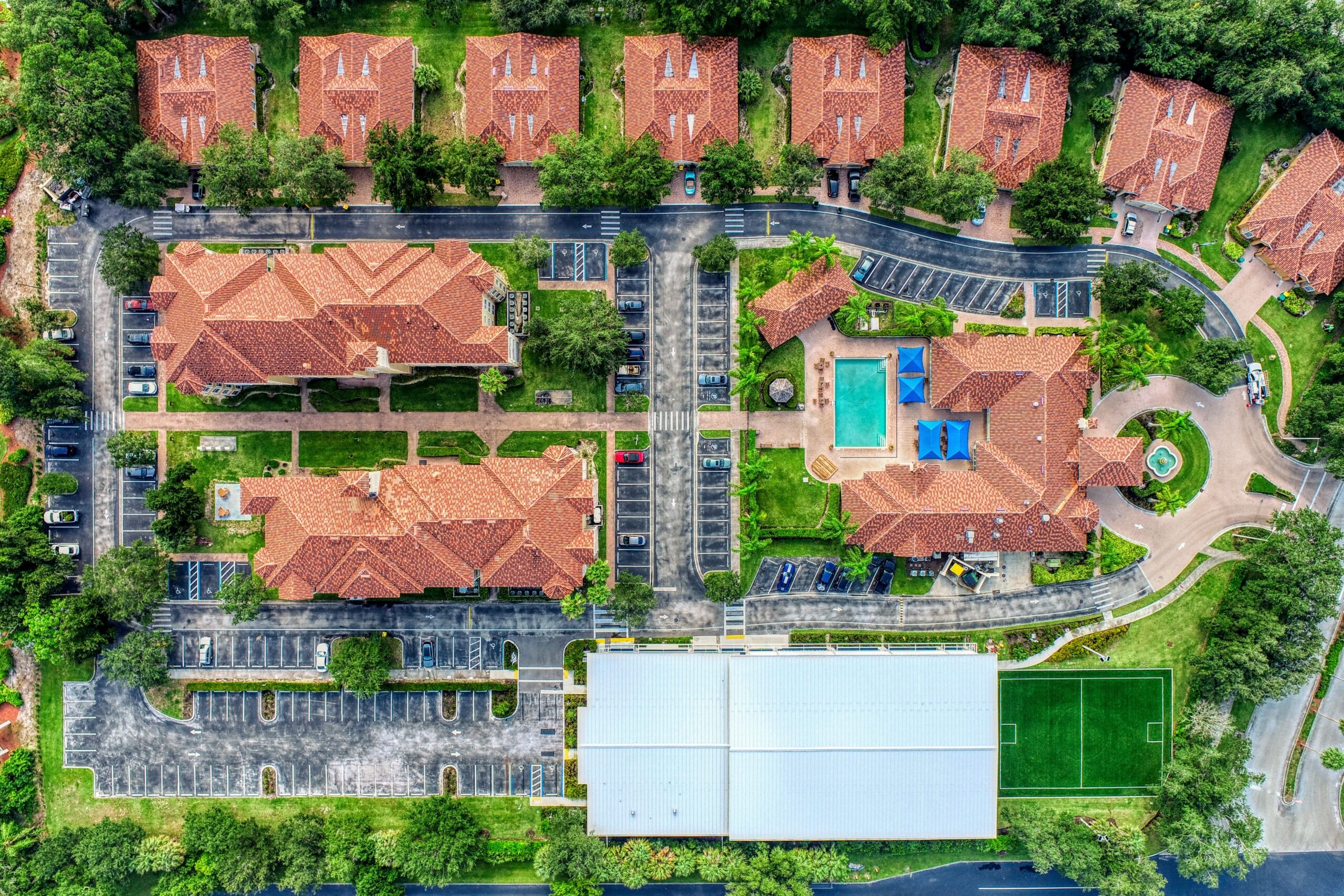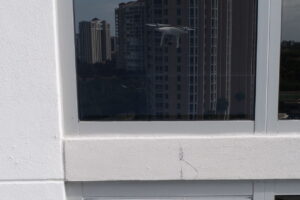Understanding the 400-Foot Rule: How High Can You Fly Your Drone?
Navigating the skies with a drone requires understanding key regulations, such as the 400 ft rule. This rule is crucial for both safety and compliance, ensuring drones operate within legal limits. As a full-service drone company, we manage these complexities effortlessly, allowing you to focus on your goals. This article delves into the 400 ft rule, its significance, and practical tips for safe drone flying, guiding you through the essentials without the hassle.
1. Decoding the FAA’s 400-Foot Rule
Have you ever considered the reasons behind the FAA’s altitude restrictions for drones? The FAA’s 400-foot rule is a crucial regulation that dictates the maximum altitude for drone operations. This rule plays a significant role in maintaining airspace safety and preventing conflicts, particularly in uncontrolled airspace. By enforcing this limit, the FAA ensures that drones do not interfere with manned aircraft, which typically fly at higher altitudes.
The 400-foot rule is applicable to both recreational and commercial drone pilots. For recreational users, this rule is part of comprehensive guidelines aimed at preserving airspace safety. According to the FAA, recreational drones must remain below 400 feet in Class G airspace unless specific authorization is granted. This precautionary measure helps avoid potential collisions with other aircraft, fostering a safer environment for all.
Commercial drone operators must also adhere to the 400-foot rule. Compliance with this regulation is not only a safety measure but also a legal requirement. The FAA’s rules are designed to integrate drones seamlessly into the national airspace system. Therefore, it is imperative for all drone pilots, whether flying recreationally or professionally, to understand and follow these regulations.
By enforcing a strict altitude limit, the FAA aims to mitigate risks and encourage responsible drone usage. This rule serves as a fundamental principle of drone operation safety, highlighting the necessity of compliance for all pilots. As we explore more about drone regulations, understanding these guidelines becomes essential for safe and lawful flying.
2. Why the 400-Foot Limit Matters Near Airports
Operating drones near airports involves distinct challenges and significant risks, which underscore the importance of the 400-foot altitude restriction in these zones. This regulation is a vital safety measure, not merely a guideline, intended to prevent conflicts with manned aircraft. The Federal Aviation Administration (FAA) enforces this rule rigorously to safeguard the national airspace.
Drones operating in proximity to airports can pose severe safety threats. Unauthorized drone flights can disrupt air traffic control and jeopardize the safety of manned aircraft, potentially leading to accidents. A GAO report highlights numerous instances of drones being spotted near airports, causing flight delays and raising security alarms. The FAA is actively engaged in mitigating these risks by testing drone detection and counter-drone technologies to ensure airspace safety.
Drone operators must recognize the legal consequences of violating the 400-foot altitude restriction near airports. Breaching this regulation can result in hefty fines and legal repercussions. Thus, acquiring the necessary authorizations before flying in controlled airspace is crucial. This involves understanding airspace classifications and adhering to FAA regulations for safe drone operation.
Professional drone service providers, such as Professional Drone Solutions, are adept at navigating these intricate regulations. With extensive experience, they ensure compliance with all legal mandates, allowing clients to concentrate on their projects without regulatory concerns. Understanding and adhering to these rules is fundamental for safe and responsible drone operations.
3. Ensuring Safe Drone Operations Within 400 Feet
Flying a drone is an exciting hobby, but staying within the 400-foot altitude limit is essential for safe operation. This regulation, established by the Federal Aviation Administration (FAA), ensures safety for all airspace users. Here are some practical tips to help you stay compliant and safe during your drone flights.
Prior to takeoff, it’s crucial to perform comprehensive pre-flight checks. Inspect your drone for any damage, verify that the battery is fully charged, and ensure all components are working properly. Checking the weather is also important, as conditions like strong winds or rain can adversely affect your drone’s performance.
Familiarity with airspace classifications is another key aspect of safe drone operation. The FAA divides airspace into various classes, each with its own rules. For example, Class G airspace is usually uncontrolled, allowing flights up to 400 feet without prior authorization. In contrast, flying in controlled airspace necessitates permission, obtainable via the FAA’s DroneZone platform.
Technology can greatly assist in maintaining safe altitude levels. Many drones are equipped with GPS and barometric sensors that help monitor and limit altitude. Moreover, utilizing apps that provide real-time airspace information can help prevent accidental airspace violations.
Adhering to responsible flying practices is crucial for safety and compliance. Always keep your drone within your visual line of sight, and avoid flying over people or moving vehicles. It’s equally important to respect privacy and steer clear of sensitive areas like airports or military bases.
Wrapping Up Drone Regulations
In conclusion, understanding the 400 ft rule is essential for safe and legal drone operations. From grasping the FAA’s guidelines to recognizing the importance of altitude limits near airports, this article has covered the key aspects. By following these insights, drone enthusiasts can ensure compliance and enjoy a seamless flying experience. Stay informed and fly responsibly.




